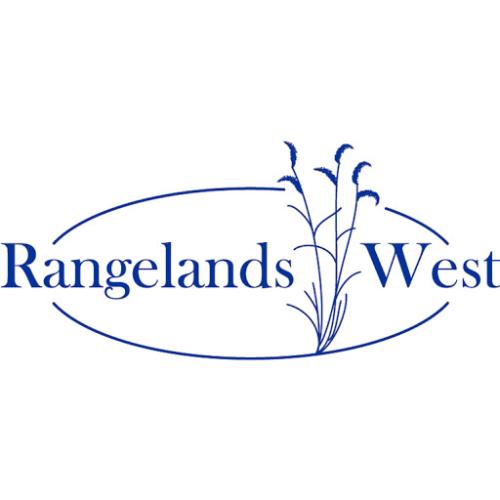Sagebrush-steppe ecosystems have decreased by about 50 percent since European
settlement. As a result, sagebrush-steppe dependent species have experienced drastic range
contractions and population declines. Coordinated ecosystemwide research, integrated with
monitoring and management activities, is needed to maintain existing sagebrush habitats. However,
current data only identify resource availability locally, with rigorous spatial tools and models that
accurately model and map sagebrush habitats over large areas still unavailable. The goal of this
project is to provide a rigorous large-area sagebrush habitat classification and inventory with
statistically validated products and estimates of precision across the state of Wyoming. This
research employs a combination of significant new tools, including 1) modeling sagebrush
rangeland as a series of independent objective components that can be combined and customized by
any user at multiple spatial scales; 2) collecting ground measured plot data on 2.4-m imagery in the
same season the satellite imagery is acquired; 3) effective modeling of ground measured data on
2.4-m imagery to maximize subsequent extrapolation; 4) acquiring multiple seasons (spring,
summer, and fall) of an additional two spatial scales of imagery (30 m and 56 m) for optimal
modeling; 5) using regression tree classification technology that optimizes data mining of multiple
image dates, ratios, and bands with ancillary data to extrapolate ground training data to coarser
resolution sensors; and 6) employing rigorous accuracy assessment of model predictions to enable
users to understand their dependencies.
The first phase of this project is reported here, with focus on southwest Wyoming as an
initial priority area. Results include models predicting eight rangeland components, including four
primary targets and four secondary targets. The primary targets include percent bare ground,
percent herbaceousness, percent shrub, and percent litter. The four secondary targets include
percent sagebrush (Artemisia spp.), percent big sagebrush (A. tridentata), percent Wyoming
sagebrush (A. t. wyomingensis), and sagebrush height (centimeters). Results were validated with an
independent accuracy assessment with root mean square error (RMSE) values ranging from 6.38
percent for bare ground to 2.99 percent for sagebrush at the QuickBird scale and RMSE values
ranging from 12.07 percent for bare ground to 6.34 percent for sagebrush at the full Landsat scale.
Subsequent project phases are now in progress, with future results planning to deliver
products that improve accuracies of existing components, model new components, complete
models over larger areas, track changes over time (from 1988 to 2007), and ultimately model
wildlife population trends against these changes. Specific products now under development include
predictions for all eight rangeland components described here for the state of Wyoming using 56-m
Advanced Wide Field Sensor (AWiFS), 30-m Landsat predictions of these components covering 75
percent of the state of Wyoming, and additional 2.4-m QuickBird imagery field sampling and
classification to densify training data and bolster component accuracy.
We believe these results offer significant improvement in sagebrush rangeland
quantification at multiple scales and offer users products that have been rigorously validated. These
methods have been specifically developed to be both operational and cost effective over large areas
to enable their potential application across entire ecosystems. Additionally, these modeled
components are designed to provide maximum flexibility to users to meet specific habitat
requirements, assess multiple wildlife habitat relationships over large landscapes, provide a
rangeland monitoring database that discriminates significant change over time, and provide other
ecosystem assessments.
source:executive summary

Articles, citations, reports, websites, and multimedia resources focused on rangeland ecology, management, restoration, and other issues on American rangelands.